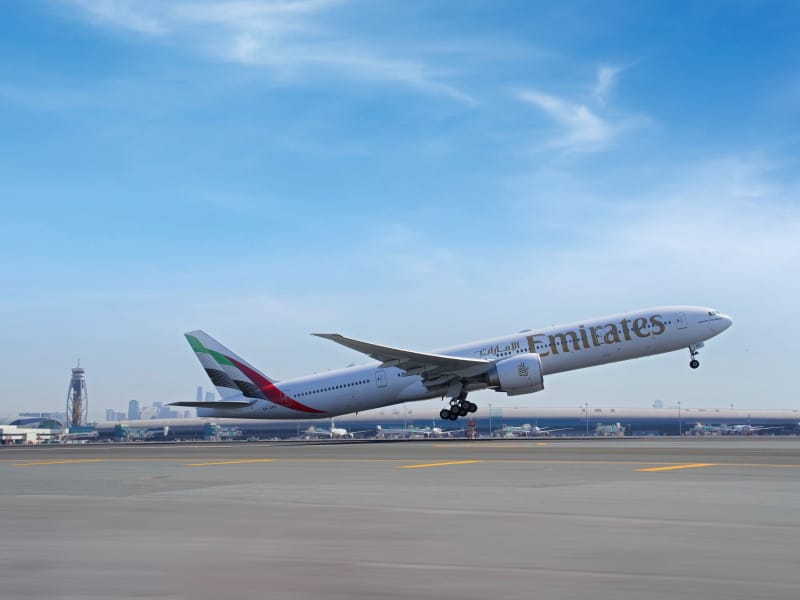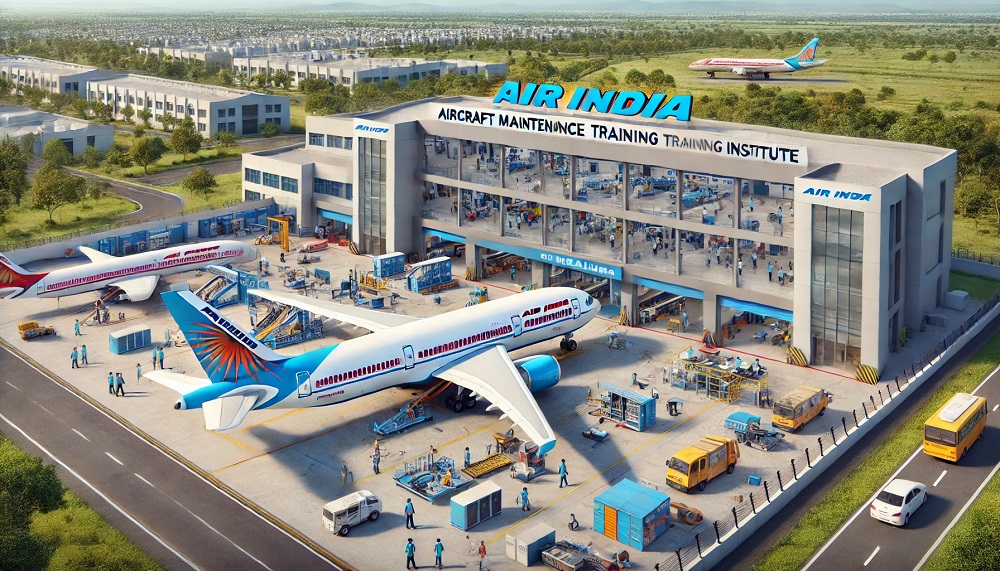Airlines
Emirates unveils complimentary bus services at Tokyo-Haneda Airport

Beginning on September 1, the largest international airline, Emirates, will offer a new complimentary bus service for its Economy Class passengers landing at Tokyo-Haneda Airport.
The iconic Tokyo Station (TYQ) at Marunouchi North Entrance and the bustling Shinagawa Station (SGS) at Konan Entrance bus stop number 7 are the two prominent drop-off locations for passengers of Emirates, which will be the only airline in Japan to offer a complimentary bus service from Haneda Airport to major train stations within Tokyo. This ensures a seamless and effective transportation solution for passengers of Emirates.
Emirates Resume Tokyo Haneda Flights(Opens in a new browser tab)
The new service will be accessible at the Terminal 3 Charter Bus Parking location at Haneda Airport, which has a three-letter IATA number that enables travelers to easily organize their bookings all the way through their final stations. Bus EK7034 travels from Haneda International Airport to Tokyo Station (TYQ) at 00:01 and 00:40 respectively. At 00:01, bus EK7036 will leave Haneda International Airport and arrive at 00:30, Shinagawa Station (SGS). Every time is local.
Emirates customers can travel to central Tokyo locations in less than or close to 40 minutes with the free daily service, which provides them with quick and effective connectivity. The thoughtful addition of onboard restrooms and other easily accessible amenities further enhances a smooth travel experience.
Delta launches service from Los Angeles -Auckland(Opens in a new browser tab)
In rare cases of delayed flight arrival, the bus will wait until 1:00hrs local time the following day to accommodate the passengers and drop them off at the designated stations.

Airlines
Air India to Launch aircraft maintenance training institute in Bengaluru

Air India, one of India’s leading global airlines, is set to establish a Basic Maintenance Training Organization (BMTO) in Bengaluru.
This institute will offer a comprehensive Aircraft Maintenance Engineering (AME) program certified by the Directorate General of Civil Aviation (DGCA). The program will follow an integrated 2+2 year structure, combining classroom learning with practical, hands-on training.
This initiative is part of Air India’s broader goal of creating a robust aviation ecosystem in India. With plans to expand its fleet and strengthen its operations, the airline aims to build a skilled workforce of maintenance engineers, making the organization self-reliant while supporting its ambitious transformation journey.
This country tops visa rejections in the popular Schengen countries
To bring this vision to life, air india has partnered with Bengaluru Airport City Limited (BACL), a subsidiary of Bangalore International Airport Limited (BIAL). Together, they will develop a state-of-the-art facility spanning 86,000 square feet at Bengaluru Airport City.
This purpose-built campus will feature modern classrooms, well-equipped laboratories, and qualified trainers to deliver world-class education and training. The institute is expected to become operational by mid-2026.
The BMTO will be located close to Air India’s new 12-bay Maintenance, Repair, and Overhaul (MRO) facility, also set to open in Bengaluru by early 2026. The AME program will begin with two years of academic coursework, followed by two years of practical training at the MRO, ensuring students receive hands-on experience adhering to industry standards.
Sanctions & Engine Issues Ground Half of Russia’s A320neo fleet
In the meantime, Air India has introduced a Cadet AME program in collaboration with reputable institutions in Bengaluru and Hyderabad.
This ensures continuity in its commitment to developing skilled aircraft maintenance engineers while the BMTO facility is under construction. The program also allows students to pursue a bachelor’s degree through university partnerships, enhancing their career and academic opportunities.
With this initiative, air india plane aims to address the growing demand for skilled professionals in aircraft maintenance and engineering, air india new planes contributing to the development of India’s aviation sector and creating specialized career paths for aspiring engineers.
-

 Aviation2 months ago
Aviation2 months agoMicrosoft Flight Simulator Raises $3 Million to Bring Back the An-225 Mriya
-

 Airlines2 months ago
Airlines2 months agoQatar Citizens Can Travel to the United States Without a Visa
-

 Aviation2 months ago
Aviation2 months agoQatar Airways bans these new Electronic Devices on plane
-

 Airlines2 months ago
Airlines2 months agoJapan Airlines Rolls Out Free Domestic Flights to International Passengers
-

 Defence2 months ago
Defence2 months agoWhich Country Has the Largest Fleet of Fighter Aircraft?
-

 Airport2 months ago
Airport2 months agoWestern Sydney Airport Welcomes Its First Plane After 6 Years of construction
-

 Travel2 months ago
Travel2 months agoQatar Airways Launches Four Additional Flights from Amsterdam
-

 Aviation2 months ago
Aviation2 months agoDid you know ? Once Boeing 747 carried 1088 passenger in 1991








